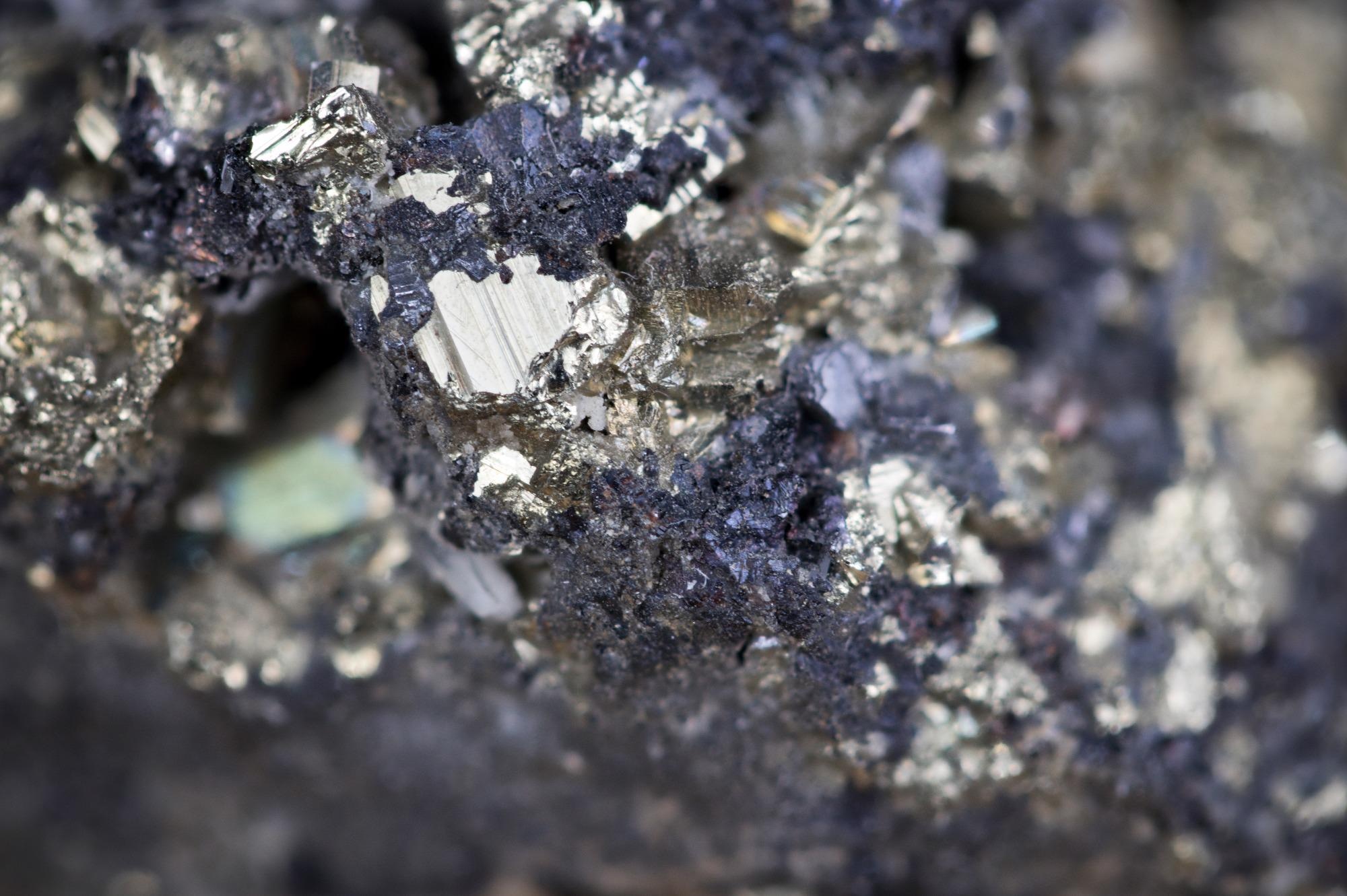Geologists at the University of Leicester have discovered a ‘Goldilocks Zone’ in the Earth’s crust that opens up new possibilities for mining metals for the green energy revolution.

Image Credit: Shutterstock.com/ Panayot Savov
Metals such as copper, gold and tellurium are used in the development of environmentally friendly technologies such as wind turbines and solar panels. Unfortunately, these metals are mostly found in the Earth’s mantle at depths - in the tens of kilometers - which are inaccessible to mining.
However, there exists a ‘Goldilocks’ temperature zone in the Earth’s crust at around 1,000 ℃ where copper/gold (Cu/Au) rich sulfide liquid may rise through the Earth’s lithosphere and form epithermal (shallow thermal) ore deposits.
When magmas reach the base of the crust, the conditions there act like a ‘Goldilocks Zone’ for these metals. If the temperature is either too hot or too cold, these ‘valves’ remain shut and metals cannot pass through, but we have found that in many cases, it may be ‘just right’ at around 1,000 °C, where metals like copper, gold and tellurium can be released.
Dr. David Holwell, Associate Professor in Applied and Environmental Geology, University of Leicester
A Brief Introduction to Mineral Ores
An ore is a natural rock formation in the Earth’s crust that contains a significant accumulation of minerals or metals such as gold, copper and iron. The concentration in the minerals determines the grade of the ore.
The formation of ore in the Earth’s crust, known as ore genesis, takes millions of years, and, consequently, ore deposits are a finite resource.
These ore deposits may form through internal processes (such as when volcanic activity brings ore to the Earth’s surface), hydrothermal processes (when seawater deposits minerals around hydrothermal vents) or surficial processes (such as when erosion occurs at the Earth’s surface).
Ore deposits include bauxite (high concentrations of aluminum), quartz (gold), magnetite (iron), chalcocite (copper) and cassiterite (tin).
Sulfide deposits comprise the sulfide anion (S2– ) as the main component. Despite making up only some 0.04% of the Earth’s crust, sulfur is critical to geological processes since many elements display an ‘affinity’ for sulfur. These so-called chalcophile elements are found concentrated in sulfide ores. Chalcophile elements include metals such as gold, copper, nickel and lead. Thus, sulfide deposits have been extensively mined.
Mining Metal Ores
Metals such as tellurium, copper and gold are essential to the development of green technology. Unfortunately, they are mostly stored in the Earth’s mantle beyond the reach of conventional mining technology.
Magmatic arcs, though, have attracted the interest of scientists at the University of Leicester’s Applied and Environmental Geology department.
A magmatic arc describes an area in the Earth’s crust where an oceanic plate sinks beneath a less dense continental plate.
The Leicester team showed that cumulates that were exposed to prolonged mafic magmatic activity - around a sweet spot of 1100 °C to 1200 °C - could contain liquid copper/gold (Cu/Au) sulfide, which could rise through permeable melt networks in the Earth’s lithosphere.
As metal-rich magma accumulates in crustal melting-assimilation-storage-homogenization (MASH) zones at the base of the Earth’s continental crust, chalcophile metals such as copper (Cu) and gold (Au) are trapped by the sulfide deposits present there.
The University of Leicester’s study sheds new light on the recycling mechanism of metals within the Earth’s crust. This creates new opportunities for the mining of valuable metals in the quest to produce environmentally friendly energy. This work formed part of the FAMOS (From Arc Magmas to Ores) project at the Natural History Museum in London.
This paper represents a fantastic piece of work from the project team that sheds new light on magmatic processes that operate deep in the Earth’s crust, but which have major implications for the accessibility of critical metals for humankind. The results will enable more targeted mineral exploration, thus lowering the environmental footprint associated with the discovery and extraction of green metals.
Prof. Jamie Wilkinson, Principal Investigator FAMOS Project, Natural History Museum (London)
References and Further Reading
Holwell, D., et al. (2022) Mobilisation of deep crustal sulfide melts as a first order control on upper lithospheric metallogeny. Nature, [online] 13, 573. Available at: https://www.nature.com/articles/s41467-022-28275-y
University of Leicester. (2022) Geologists uncover ‘Goldilocks Zone’ for precious metals in Earth’s crust. [online] Available at: https://le.ac.uk/news/2022/january/goldilocks-zone
Disclaimer: The views expressed here are those of the author expressed in their private capacity and do not necessarily represent the views of AZoM.com Limited T/A AZoNetwork the owner and operator of this website. This disclaimer forms part of the Terms and conditions of use of this website.